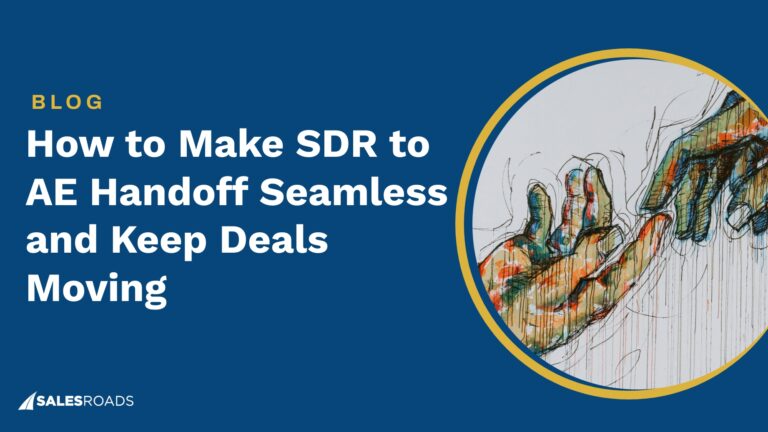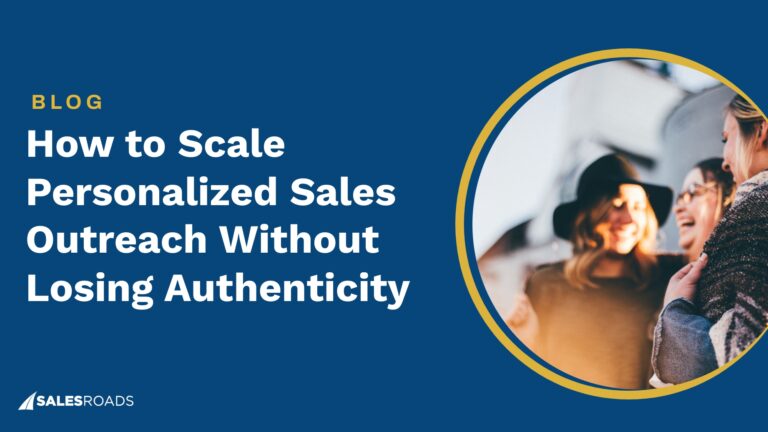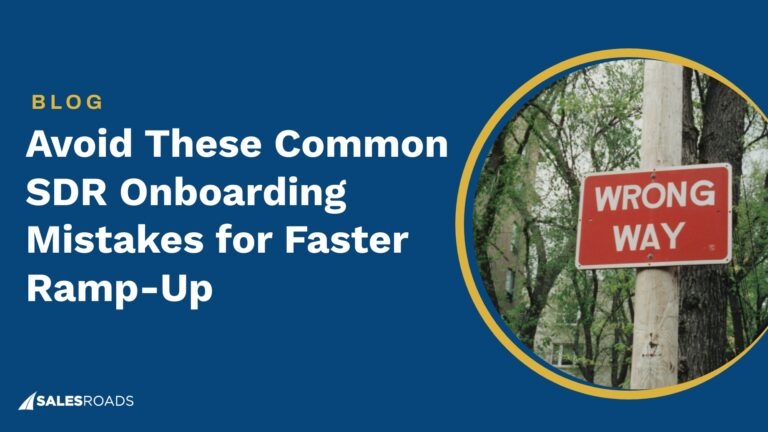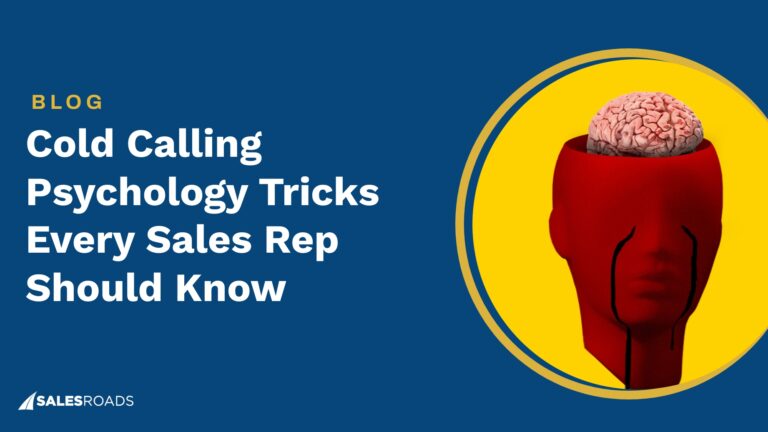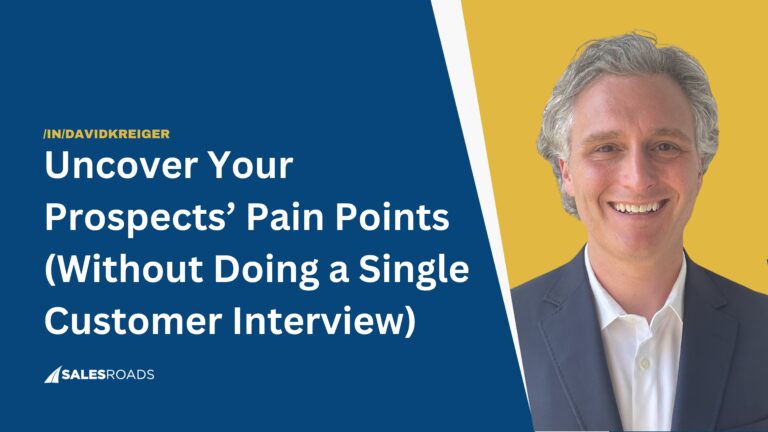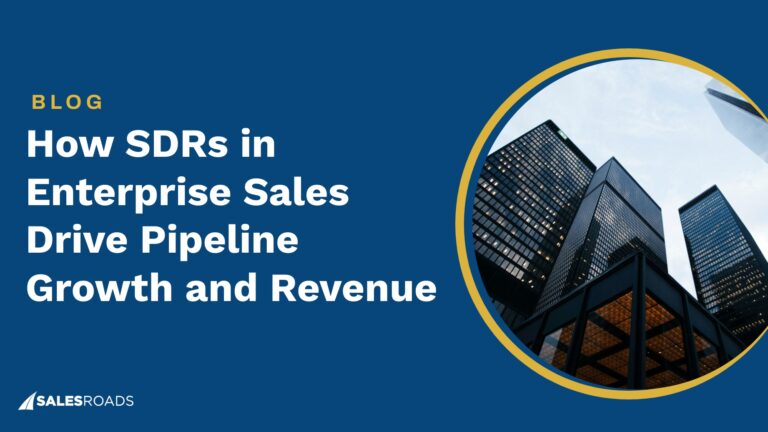Business owners understand their companies need leads to grow, but often don’t know how to calculate the effectiveness of their lead generation campaigns.
There are several metrics to monitor throughout the sales funnel. Calculating your lead generation campaign’s ROI (Return on Investment) is the key to reducing unnecessary spending and maximizing your efforts.
The Benefits of Calculating Lead Generation
A successful lead generation campaign generates new sales leads profitably, but an increase in the number of leads doesn’t necessarily mean your strategy is working.
If your prospects do not convert into paying customers, the increased lead volume is generating increased workloads for your team, but not more revenue.
Keeping metrics up to date for your team to discuss at weekly meetings ensures accountability and outcome consistency.
Calculating your lead gen campaign can save you and your team from wasting money, time, and effort by driving these benefits:
- Measure your progress: By measuring performance metrics over time, you monitor your progress and clarify campaign expectations.
- Analyze patterns over time: Identifying patterns grounded in data allows for objective decision-making.
- Monitor business’ health: Certain metrics can indicate larger issues within your business. A retention rate will hobble long-term business growth, for example.
- Make adjustments and stay on track: Rarely are campaigns perfect out of the gate. Timely adjustments can make or break your goals.
- Double down on winning tactics: Identifying funnel leaks reveal areas for improvement but also highlights what is working. Doubling down on winning strategies accelerates time-to-impact.
Without metric analysis, optimizing your lead gen campaign and delivering profitable ROI becomes an impossible task.
How to Calculate the Effectiveness of Your Lead Generation Funnel
The lead generation funnel consists of the top, middle, and bottom stages representing how leads move toward the purchase decision.
Knowing each stage’s goals and metrics is essential to building a successful campaign. Your business will likely monitor other metrics specific to your campaign and industry, but the following metrics are applicable to all campaigns.
| Stage | TOFU | MOFU | BOFU |
|---|---|---|---|
| Goal | Collect contact info for prospects | Convert prospects into sales opportunities | Convert sales opportunities into paying customers |
| Metric | Cost per lead (CPL) | Opportunity Conversion Rate | Customer Acquisition Cost (CAC) Close Rate |
The Top of Funnel (TOFU)
The stage where brand awareness and first engagement happen.
You can drive awareness at the TOFU through social media, paid ads, blogging, or events such as trade shows.
- CPL: Cost per lead shows how much money it takes to generate a new prospective customer for your business. It is an important metric that tells you whether your lead gen strategy is paying off at the TOFU.
If you spend $2000 attending a trade show and identify 20 leads the CPL would be $100.
$2000 / 20 = $100 per lead.
The Middle of Funnel (MOFU)
This stage is where you engage leads directly and collect their contact info if you haven’t already.
Your efforts to influence leads toward the bottom can include email nurturing, surveys, case studies, PR tactics, etc.
- Opportunity Conversion Rate: This metric is the percentage of leads that convert into qualified prospects with a high chance of closing. You should constantly monitor and optimize it to increase conversions.
If you had 300 leads and 50 of them converted into opportunities, your opportunity conversion rate is 16.6%.
50 / 300= 16.6%
The Bottom of Funnel (BOFU)
The BOFU is where you aim to close sales. As you have already gained your leads’ trust and interest, here they just need a final push.
The BOFU is where your sales team will have the most direct impact on your lead gen metrics. Your team may monitor activities such as trials or demos, share customer reviews or testimonies, and send personalized emails to prospects.
There are two metrics to monitor at the BOFU:
- CAC: Customer Acquisition Cost is the cost of winning a paying customer. It allows you to figure out if you’re getting your money’s worth.
Assuming your total cost is $62,000 in a year and attracted 1000 customers, your CAC would be:
($82,000) / (1,000) = $62.
- Close rate: Close rate is the number of qualified opportunities that turn into paying customers. A high close rate indicates a strong sales team and high-quality leads.
If your sales team engages 100 opportunities and 20 of them turn into paying customers your close rate is 20%
20 customers / 100 opportunities = 20%
These metrics calculate the effectiveness of your lead generation campaign and allow you to optimize your strategies to improve performance all the way to acquisition.
How to Calculate the ROI
The key metric to calculate your campaign’s overall success is ROI, which measures the probability of profiting from an investment.
To calculate if you’ve generated a positive or a negative ROI on your campaign, find out:
- The expected lifetime value of a customer (CLV)
- Total investment in acquiring new customers (include spending for your entire funnel from top to bottom)
- Total number of customers acquired
Here are the three steps to calculate your lead generation ROI:
Step 1: Calculate Your CLV / LTV
The Customer Lifetime Value (CLV) is a measure of how much revenue you generate per new customer.
To calculate your CLV, identify the average purchase amount and lifespan per customer.
Assuming a data provider retains a customer for 12 months and gets a monthly fee of $2000, their CLV would be $24,000.
$2,000 (the average purchase) x 12 months (the average lifespan)= $24,000
Step 2: Calculate the Total Cost
Monitor all the activities you undertook to generate leads to find out the total cost. These activities can include:
- Cost of your marketing team
- Cost of your sales team
- Advertising costs
- Creative costs
- Production costs
- Tool costs
Step 3: Calculate the ROI
Now that you have the necessary data, you can easily calculate your ROI.
What you have gathered so far based on the example:
- CLV = $24,000
- Total Cost = $480,000
- Number of Customers = 100
Your ROI is:
((CLV $24,000 * Number of Customers 100) – Total Budget $480,000) / (Total budget $480,000) = ROI of 400%
The result shows the software provider makes $4.00 dollars in revenue for every dollar spent on the lead gen campaign. In that case, the ROI is exceptionally profitable!
How to Improve Your Metrics?
The good scenario: your ROI result and funnel metrics are profitable and your campaign is generating and converting leads.
The bad scenario: you have a negative ROI and several parts of your campaign need improvement.
Solve each problem identified through metric analysis with the right strategies. You can boost your ROI profitably by identifying gaps for improvement.
Consider these tips to increase your campaign results:
- Analyze BOF metrics closely to target near-misses
- Investigate MOF metrics to look for funnel leaks
- Evaluate TOF metrics to ensure you have the right messaging
- Take a zoomed-out look for patterns of changing consumer behavior
If you’ve already evaluated your lead gen funnel but can’t improve performance, consider outsourcing your weakest areas. Both outsourced sales and marketing agencies can help you quickly identify weaknesses while stabilizing performance.
Entrusting the entire lead gen process to an outsourced SDR team for an appointment setting campaign is the most direct way to generate sales leads that require minimal input from your sales team at the top and middle of the funnel.
Bottom Line
Driving the best lead generation outcomes requires calculating and monitoring the performance metrics consistently, but the overall campaign effectiveness is up to rendering positive ROI.
To create a successful lead gen campaign with increased conversion rates and revenue, consider outsourcing the sales process.




